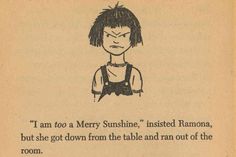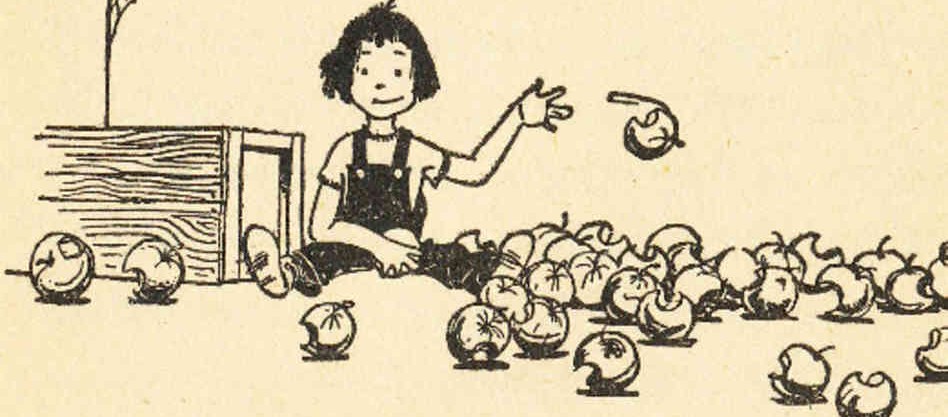I teach classics for a living. As a result, my kids overhear conversations and snippets of conversations about Homer, Dante, Shakespeare and a host of others. But that’s not all they hear, for as someone devoted to the classics, I share this love with them in a steady diet of children’s classics by Beverly Cleary, Laura Ingalls Wilder, J.R.R. Tolkien, L.M. Montgomery and other notables. My reason for this? The logic is the same for both my kids and my students.
Reading and re-reading these stories to my boys opens their eyes to whole new worlds—scenarios, forces, dilemmas and dynamics that they might otherwise fail to experience including hunger and famine, poverty and death, abandonment and betrayal. Movies touch on these themes, but move to resolution so quickly that they sidestep the leisure and suspense my children experience when caught up in an unresolved dilemma that necessitates the wait for another night and another chapter. The story is constantly, “to be continued”, creating an environment of anticipation and eagerness to see what will happen next, as they are forced to grapple with the unresolved tensions, questions and sufferings of the characters.

And it works! My second grader is beginning to use these stories and in turn, makes them his own. He refers to them in an effort to understand himself and others, and draws images and references from them to enrich his experiences. Diving into stories by Brian Jacques, P.L. Travers and Walt Morey, he is finding himself in them as they provide him with a language and set of contexts in which to process his experiences.
And this is precisely why I want my students reading a steady diet of classics—that these might provide them with a language, a background story and conversation against which to understand, critique and find not only themselves, but also their faith and their culture. These books do not merely entertain, provide us with intellectual tools, or allow us to participate in sophisticated scholarly discussions. Like DiCamillo’s character of Despereaux learning to understand and shape himself and his vocation through stories of honor, chivalry and knighthood, my students and sons are doing the same as delve into Virgil and Frank Baum, Descartes and Roald Dahl.
The important thing here is not merely that they read these books, not merely that they can refer to them or enjoy them, but that they can learn for themselves that great books are alive, and speak powerfully to us, helping us know ourselves and navigate our lives if only we take the time to listen. My boys have not yet encountered Twain’s satirical idea of a classic as “a book which people praise and don’t read.” They only know of classics as beautiful, compelling and powerful stories that are increasingly speaking to and forming them. It is my hope it stays this way as they progress to other kinds of classics in their growth and maturity.
Do we then leave the children’s classics behind as we move on to the Greek, Roman and Christian greats? Absolutely not. As a college student I made a discipline (a delightful one, to be sure) of reading children’s books—a steady diet of C.S. Lewis, J.R.R. Tolkien, Franklin W. Dixon and J.K. Rowling to name but a few. On the one hand, I was zealous to cultivate the love of reading I had inherited from such books as a child. On the other hand, then as now, I had the same experience as my boys—I continue to find myself (and my boys’ needs, fears and hopes) in these books, just as I do in Plato’s Republic and Boethius’ Consolation of Philosophy. Who benefits the most as my family reads another book by E.B. White or Lynne Banks? I’m not sure—but surely I am not the one who benefits the least.
And tonight? Back to the adventures of Anne of Avonlea, Montgomery’s sequel to Anne of Green Gables. Who’d have thought that a family of boys would so eagerly soak up the story of a precocious little orphan girl?
